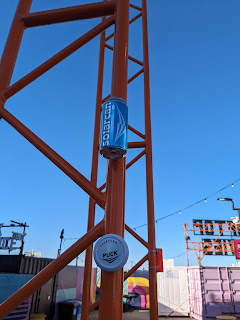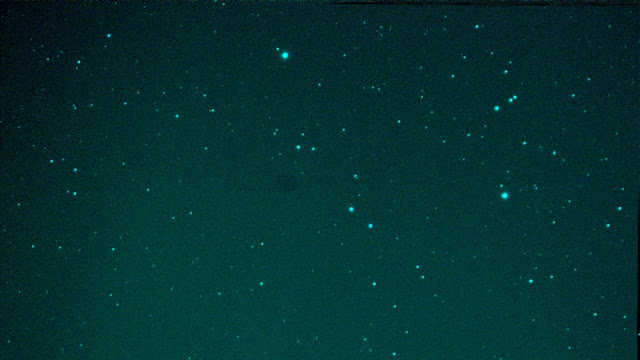Adventures in Astrophotography Post-Processing

These days I do most of my blog-type posting on aus.social, a Mastodon instance. Sometimes though the limited formatting makes that a poor choice. This is one such case. Today I want to take you through the post-processing steps I go through to create a final astrophotographic artwork. And these are artworks, not scientific records. I could use the same data to perform astrometric observations, but I don't. I like to create beautiful images. Knowing the things I am creating pictures of is part of creating that beauty, and that does require some scientific knowledge, but it is only a means to an end. So, let's start with what comes out of my telescope. I use either a DwarfII or Dwarf3 smart telescope for my imaging, and what comes out of that is already pre-processed in a variety of ways. The telescope does its own stacking, and has a built-in link to a cloud post processor. So what I get is two images - one denoised and with basic image optimisations performed, and ano...






